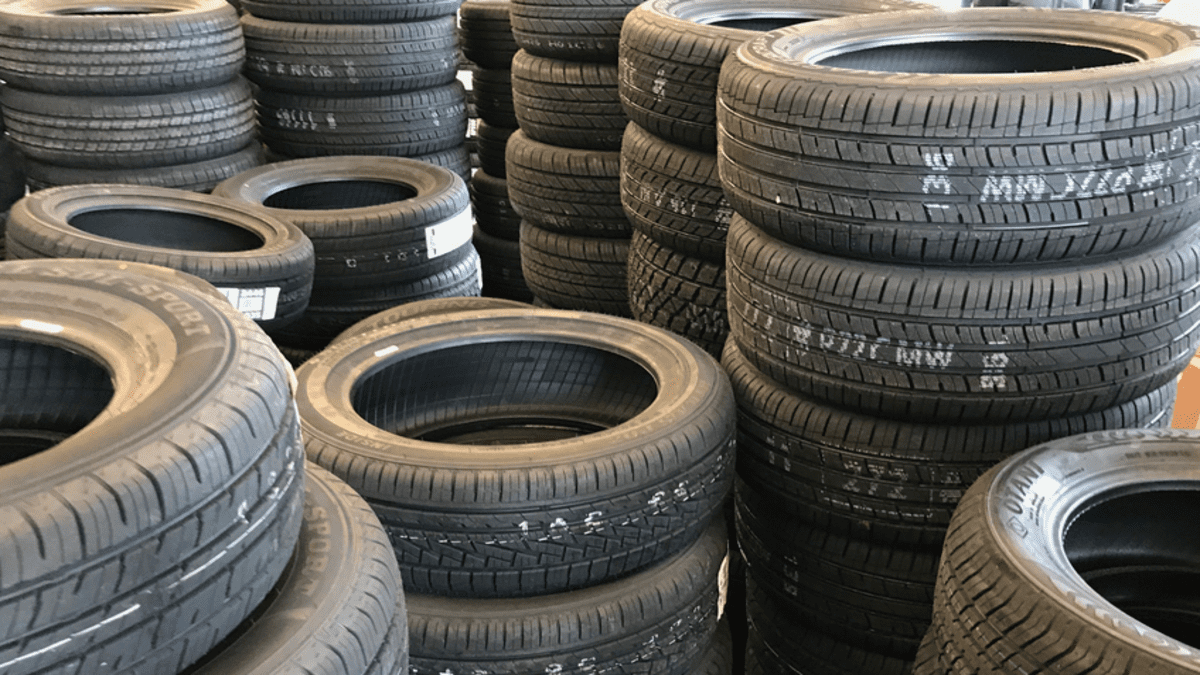Matthew Steeples assesses the debate between “tyres” and “tires” and finds “attire” to form the key to the answer to a topic that has bizarrely incensed ‘Disgusted of Tunbridge Wells’ types for decades
Most won’t think of the topic of tyres and get overwhelming excited, but the humble noun describing a rubber covering for a wheel is actually a word that has caused great debate over the years.
Aside from such matters as considering the need to check tyre tread depth requirements for the seasonal needs varying between summer and winter – you can get useful information about tyre tread at www.autodoc.co.uk – it is the discussion as to whether it is a “tire” or a “tyre” that has raised the heckles of ‘Disgusted of Tunbridge Wells’ types since the 1840s.
First subject of a patent as a “standard pneumatic tire” in 1847 by the Scottish inventor Robert William Thomson – who never put his invention into production – the first “practical pneumatic tire” was made in 1888 by another Scotsman in 1888. Created by a vet named John Boyd Dunlop in May Street, Belfast, this ‘tire’ was demonstrated by cyclist Willie Hume when he won a race using just such in 1889.
Subject then to yet further controversy over subsequent attempts at patents being considered invalid due to Thomson having pipped the others at the post, the matter of the spelling of tyre vs. tire changed when The Times used “tyre” instead of “tire” in 1905.
Furthering complications over this matter, in 1911, the Encyclopedia Britannica stated: “The spelling ‘tyre’ is not now accepted by the best English authorities and is unrecognised in the US,” whilst Fowler’s Modern Usage of 1926 described “there is nothing to be said for ‘tyre’ – which etymologically wrong, as well as needlessly divergent from our own [sc. British] older and the present American usage.”
Who knew it? The subject of tires (or tyres) could actually be attiring.
A timeline of tyres…
Circa 3,500 BC – The wheel is invented.
1839 – Charles Goodyear invented vulcanised rubber.
1846 – Scottish born Robert Thomson patented the vulcanised rubber pneumatic tyre. In 2020, he was inducted into the Scottish Engineering Hall of Fame having also secured patents for steam boilers, the self-filling pen and elastic wheel tyres amongst other things.
1888 – Dublin based Scot born John Dunlop patented the vulcanised rubber pneumatic tyre supposedly not knowing of the previous patent. A legal tussle ensued between him and Thomson.
1891 – Edouard and Andre Michelin Brothers invented detachable rubber tyres for bicycles.
1903 – Boston, Massachusetts born Paul Weeks Litchfield patented the tubeless tyre. He became the first CEO of the Goodyear Tire & Rubber Company and was also the founder of the town of Litchfield, Arizona and the city of Goodyear, Arizona.
1904 – Mountable rims introduced to motor cars making it possible for motorists to change their own tyres.
1908 – Frank Sieberling invented grooved tyres that improved safety and traction.
1910 – Dr Benjamin Franklin Goodrich added carbon to tyre rubber and lengthened the life of tyres. His company, B. F. Goodrich Company, founded in 1860, is still in business today and headquartered in Akron, Ohio as Goodrich PLC.
1915 – Arthur W. Sava designed the radial tyre.
1911 – Phillip Strauss introduced what is considered the first commercially successful car tyre featuring an inflatable inner tube and a galvanised rubber outer tyre.
1937 – B. F. Goodrich invented the synthetic rubber tyre.
1947 – The Goodyear Tyre Company created the tubeless tyre.
1948 – Michelin patented the radial tyre.
1974 – Pirelli manufactured the wide radial tyre. It was standardised in 1976 and has been sold the world over ever since.
